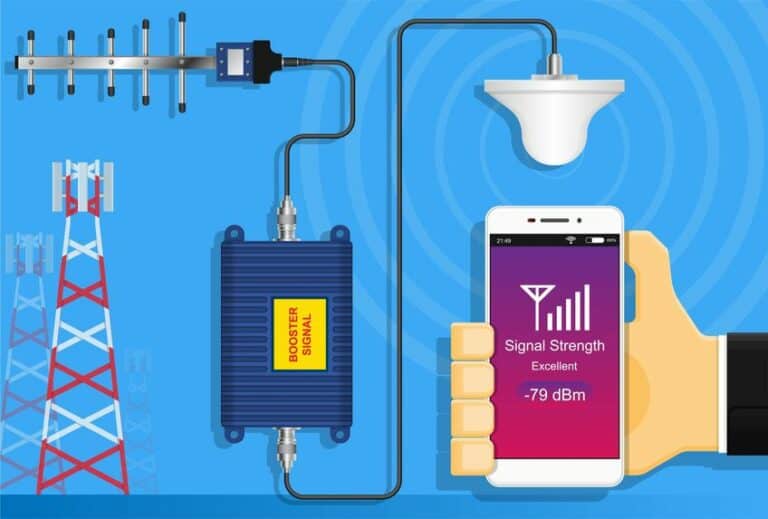Turning Ideas into Reality: What is 3D Printing?

The origin of printing began as early as 3500 BC from Mesopotamian cylinder seals on clay tablets to Chinese woodblock prints on paper; thus, printing was extensively used throughout the lands in Asia. Moreover, the printing process did not only reside in the corners of East Asia, as this process had stretched in Europe as well.
The Europeans had innovated the original printing process into a more efficient type and economically beneficial in book publishing, the printing press. But, as people welcomed the 20th century, who would have thought that from a “metal-carved text to paper,” printing would suddenly have a “digital to realia” printing process–the 3D printing or additive manufacturing.
Its Parts
Unlike the previous printers that were developed, 3D printers add layers upon layers of spool-like plastic materials that are mounted to create a 3D object from its digital 3D file. While there are a variety of 3D printers available, they all share three essential parts.
- The Digital File – The machine is one of the essential equipment of 3D printing. The primary purpose of this machine is to replicate accurately the digital file that was uploaded. Hence, the 3D printer comes in a box or compartment to function as this needs a spacious area to build the object.
- The Printer – The machine is one of the essential equipment of 3D printing. The primary purpose of this machine is to replicate accurately the digital file that was uploaded. Hence, the 3D printer comes in a box or compartment to function as this needs a spacious area to build the object.
- The Material – 3D printers do not use ink from cartridges because these machines use single materials. That material could come from various substances, the ABS plastic to resins and nylons as these substances are firm and durable. Moreover, there are unconventional combinations of substances to form a spool by incorporating synthetic sandstone; others combine plastic with other materials to make a hybrid one.
Its Uses In Relevant Fields
As early as the 70s, the idea of 3D printing was envisioned. However, it was in 1981 where 3D printing began. In 3D printing, the thread-like plastic filaments or resins create the physical object from a digital concept. Due to its broad array of uses, people from different walks of life, like students, entrepreneurs, and even factories, use this as it allows them to transform their digital design into something tangible for them to use it.
Besides plastic filament materials, a metal object could be made; however, it is costly and uncommon. In medicine, a realia of a part of human anatomy is created with the help of 3D printers. Thus, physicians would have the opportunity to demonstrate and utilize it.
Meanwhile, teachers could create mock-ups and models of an object so that learners would have the chance to touch and see it–as learning becomes meaningful when an object is tangible. With its out of this world features, NASA’s additive printing is used in the International Space Station to allow the astronauts to build tools like the wrench without levitating on space.
Things To Consider Before Getting A 3D Printer
Type of 3D Printer
Fused Deposition Modeling (FDM)-3D printing, or additive manufacturing is an umbrella term for technologies that are supposed to produce tangible materials. While there are various available 3D printers, the most popular is the Fused Deposition Modeling (FDM).
This additive process creates a model through heating and creates a spool of plastic from the materials that are stacked layer by layer. Moreover, this has become popular with hobbyists as it can easily be found and widely available.
Stereolithography- Stereolithography also follows the additive process. However, instead of extracting plastic materials, it indurates the model from a puddle of photosensitive liquid through the ultraviolet light beam. This type of printer can create a high-quality output, but it is more expensive than the FDM.
Selective Laser Sintering or SLS shares a similar process to stereolithography. However, lasers and powders are used rather than the materials being processed in stereolithography. This printer melts the powder through lasers, and as it continues, it creates layers of the solid material. It also has a unique feature that the previous printers do not have, a 3D object made from metal is possible. However, it is also costly.
Budget and Price
3D printers have different market prices depending on the quality of the output. A higher-quality 3D printer could range from $1000 and above $2000 for professional printers. However, there are also 3D printers available for $100 if you are tight in budget.
If you are looking for a 3D printer, ender 3 vs ender 5 is a comparison you should note. Ender 5 has a bigger size, and the print quality has finesse. On the other side of the coin, the Ender, although it is lower in price, the firmware is superb. In a nutshell, Ender 5 is suited to those who have more significant ventures like in business, and Ender 3 is perfect for those who have a lesser budget and do DIY stuff.
You also have to remember that the 3D printer and the materials to be used are sold separately. Thus, you should be wise in allocating your budget, especially if you do not have enough.
Safety
Indeed, 3D printing is complex and does its work with heat. With that said, safety and precautions should be observed.
In 3D printing, it uses lasers or secretes heated-plastic materials that are harmful to the skin if touched. The base of the printer could be hot and can burn anyone who might accidentally touch it. Moreover, if you have children around, make sure that they don’t get near the machine.
This process also produces fumes that could be harmful. Thus, a well-ventilated room is required. Moreover, the materials used in 3D printing should be appropriately stored and out of reach for children, as these materials could have harmful chemicals.
Takeaway
Hence, from the olden ease of printing, who would have thought that humanity would reach a time when an idea could be turned into an actual 3 Dimensional figure. Moreover, the development of the printing process continues up to this day.
New innovative printers are invented to make the lives of people more comfortable. 3D printing or additive manufacturing, as a flourishing invention in the 20th century, has immensely contributed to various work fields, from science and teaching to business and manufacturing.



